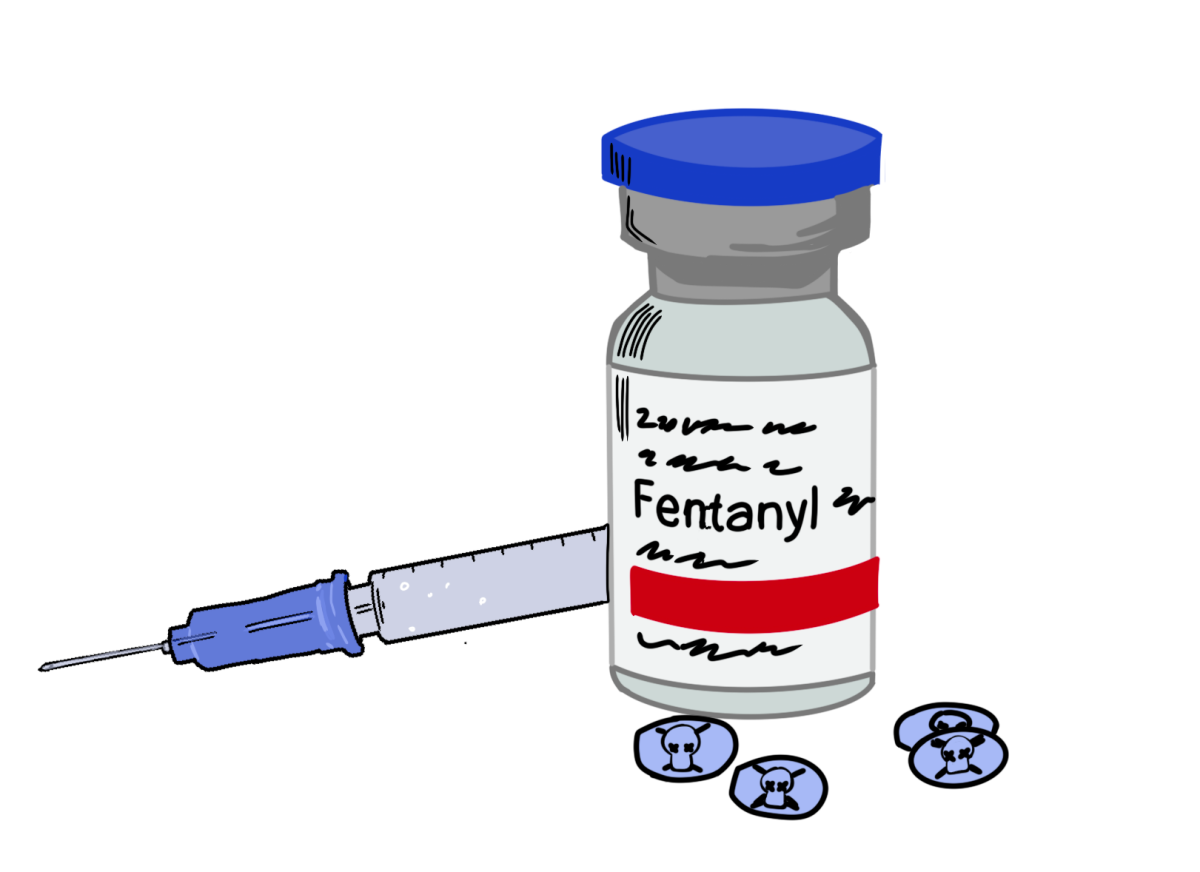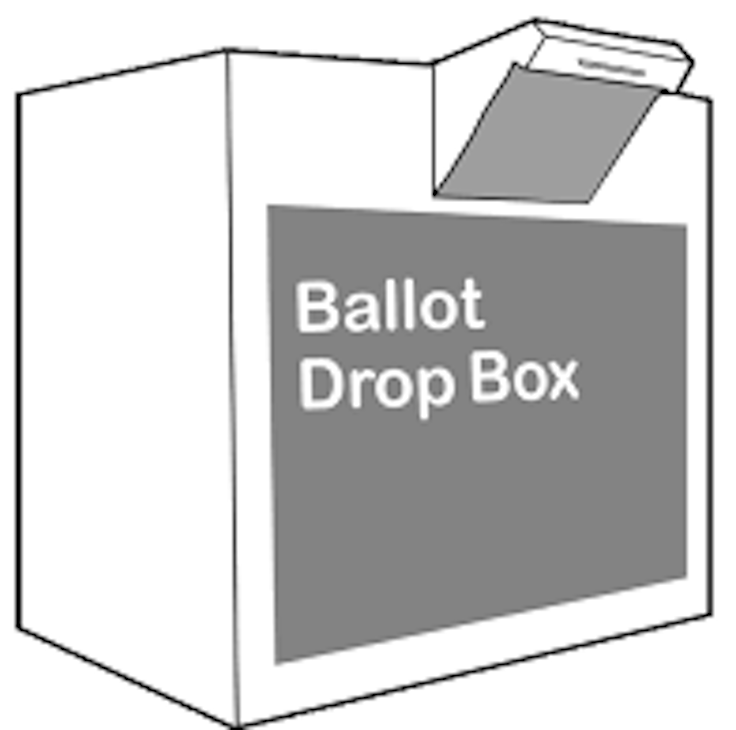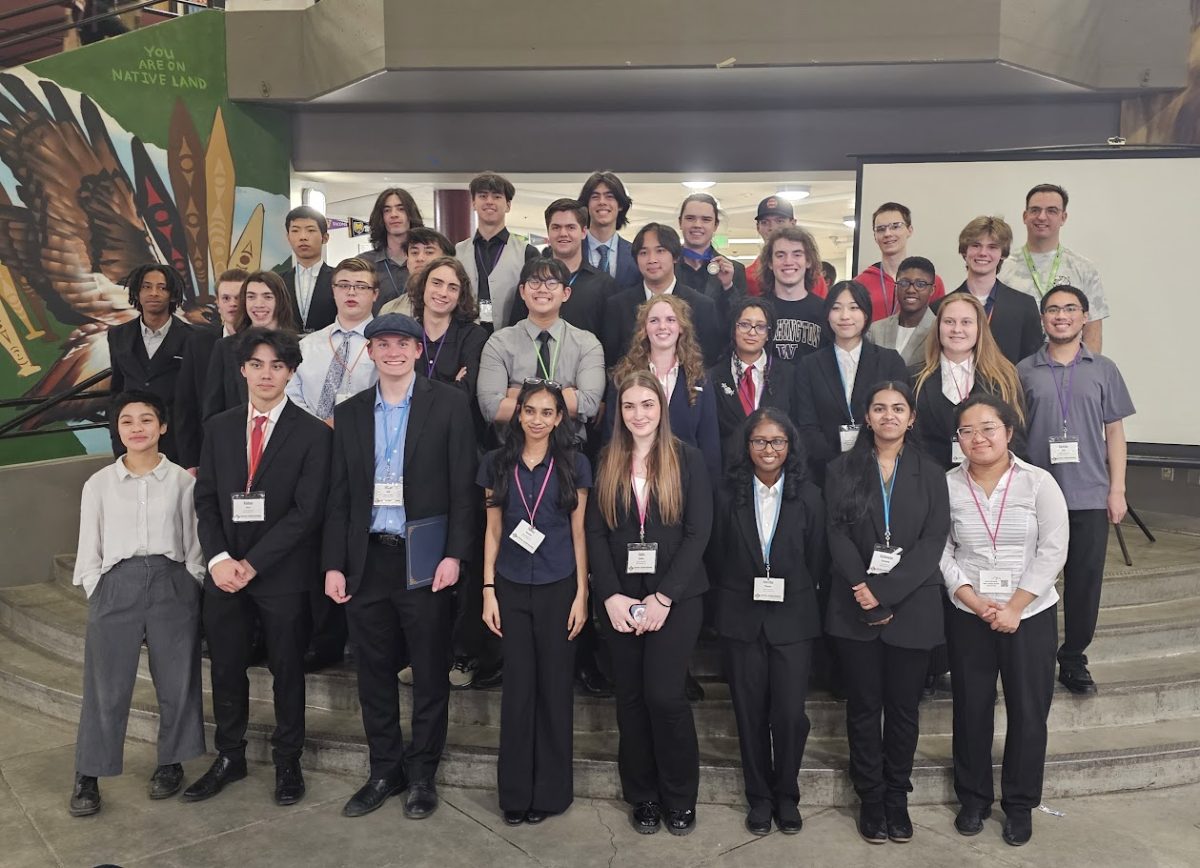The Edmonds School District (ESD) recently decided to consider changing the way non-student time is distributed throughout the school year at all school levels. Non-student time refers to the half-days and non-student days where school district staff are given time to work on improving their instructional practices and student learning in their classes.
In March, an ESD committee composed of staff, students and community members proposed several alternative plans of distributing non-student time to the communities of ESD schools. The committee requested those involved in ESD schools complete a survey meant to gauge public opinion on alternative non-student time plans.
Although the survey will not serve as a vote on which time distribution plan is chosen, it will influence the committee’s considerations as it continues to review data and information related to non-student time. The survey accepted responses through Apr. 13 and was available in English as well as Spanish, Vietnamese, Arabic, Korean and Russian on the ESD website along with a press release briefly describing the possible changes to non-student time.
“Your feedback is crucial to inform the committee’s as it continues its work gathering data and information,” the committee said in a statement they released along with the survey.
Under the current plan of non-student time distribution, there are six full non-student days and ten early release half days throughout the school year. In place of the current plan of widely distributed non-student time, some have expressed interest in moving to a plan of weekly or biweekly early release or late start days, allowing more frequent non-student and staff development time. However, none of the proposed plans will affect the total number of school days within the school year, as late start and early release days are counted as school days by the ESD and Washington state.
The survey asked respondents for their preference between late start and early arrival plans, the day of the week on which the non-student time should be allocated to and whether this time should be weekly or biweekly. The weekly plan would entail a 60-minute early release or late start day every week while the biweekly plan would entail a 90-minute early release or late start day every two weeks.
Finally, the survey asked respondents to rank their level of support for implementing one of the plans allowing for more frequent non-student time, asking for a rank between a one (absolutely no support for the proposed plans providing more frequent non-student time) and a five (full support of the proposed plans).
If implemented, these changes to non-student time will apply to all elementary, middle and high schools within the ESD. The proposed new early release or late start day times of either 60 or 90 minutes will be taken from each school level’s current regular hours of student instruction.














